|
“Art Thou Weary, Art Thou Languid?” This hymn, written for quartet, rang out in the early afternoon 110 years ago on this very day (October 3rd, 1912). The occasion, a funeral of course, featured hundreds of people in the form of friends, family members, neighbors, education colleagues and former students. They had come to Mount Olivet to pay their last respects in the cemetery’s Area P at the southeastern base of what we call Cemetery Hill. The decedent was a man who did a great deal for his community, state, nation and fellow man. I’m not trying to be facetious here, but I can say with conviction that this man’s greatest achievements fell on deaf ears—and he wouldn’t have had it any other way. Charles Wright Ely was not a native of Frederick or Maryland, as he hailed from the northeast. Ely came to Frederick in 1870 after accepting an administration position for a newly formed educational facility established here just two years earlier in 1868 in the form of the Maryland School for the Deaf. Interestingly, Professor Ely’s old school is located half the distance to Mount Olivet’s front gate as his gravesite is to the same gate near the statue of Francis Scott Key. This Ely family plot is adorned with a central monument for Charles and wife Mary, with the graves of four of his five children on both sides. I opened up this blog with the mention of a particular religious hymn from Professor Ely’s Funeral, as it is also mentioned in his obituary. The hymn’s lyrics were written by an English minister named John Mason Neale in 1882, and based on music composed 12 years earlier by Henry W. Baker in 1868. Coincidentally, that was the year of Maryland School for the Deaf’s founding. The hymn "Art thou weary? Art thou languid? " is a translation from the Greek of St. Stephen the Sabaite, who was a monk who lived near Bethlehem, overlooking the Dead Sea. Born in 725 AD, this poor fellow was placed in a solitary monastery at the age of ten by his uncle, and left there for fifty years. He died in 796. I found it interesting that he, like Professor Ely, spent a large part of his life amidst a backdrop of silence. Regardless, here is a rendition of the beautiful hymn that Neale wrote: From the research I’ve done, the subject of our “Story in Stone” was anything but “weary and languid.” He was a guiding force for the institution we Frederick residents refer to simply as “MSD.” He even sported a mean pair of "muttonchops"..... Charles W. Ely certainly meant business! When taking the position as principal in 1870, no one could have known that Professor Ely would work tirelessly for the next four decades on behalf of students, staff and a board of directors headed by the famed Enoch Pratt of Baltimore. Maryland School for the Deaf is located on South Market Street. At one time, this was considered far south of Frederick Town. The Frederick “Hessian” Barracks had served home to a Revolutionary War prison facility, a drilling camp for militia soldiers of the War of 1812, a cocoonery for making silk, and was the first permanent home of the Frederick Agricultural Society’s annual exposition and fair. This event came to an abrupt halt during the American Civil War, as the barracks property was transformed into a major military hospital center labeled Union Hospital #1. Here, soldiers of both armies received care from a talented group of physicians, nurses and benevolent townspeople doing their part to help. At war’s end, the Agricultural Society found a new home for their “fair” and the locale was destined to serve home for an educational use. Within a few years, this would become home to the Maryland Deaf and Dumb Asylum, specifically chartered by the State to care for children in need of special instruction means to assist with the challenges that deafness brings. The mission of today’s MSD is to provide ASL (American Sign language) and English language models for early language acquisition, and to provide linguistically-enriched ASL and English environments for the attainment of fluency in both languages. This mission is accomplished when all MSD students become fluent in both ASL and written English upon graduation. The name of Charles Wright Ely adorns the Academic Building and Auditorium at Maryland School for the Deaf. He is remembered fondly, and with good reason. This building and others like it were built in the late 1960s after the demolition of the original institution structure, one of the former architectural masterpieces of our famed town. It was constructed under Professor Ely’s careful management. In my research, I wanted to check on the origins of American Sign Language and here I found another irony involving Professor Ely, and in particular, his home state of Connecticut. ASL is thought to have originated in the American School for the Deaf (ASD), founded in Hartford, Connecticut, in 1817. Originally known as The American Asylum, At Hartford, For The Education And Instruction Of The Deaf And Dumb, the school was founded by the Yale graduate and divinity student Thomas Hopkins Gallaudet. Inspired by his success in demonstrating the learning abilities of a young deaf girl Alice Cogswell, Gallaudet traveled to Europe in order to learn deaf pedagogy from European institutions. Ultimately, Gallaudet chose to adopt the methods of the French Institut National de Jeunes Sourds de Paris, and convinced Laurent Clerc, an assistant to the school's founder Charles-Michel de l'Épée, to accompany him back to the United States. Upon his return, Gallaudet founded the ASD on April 15th, 1817. Thomas H. Gallaudet’s legacy is honored by the naming of the famed educational institution bearing his name in Washington, DC—Gallaudet University. Originally known as the Columbia Institution for the Instruction of the Deaf and Dumb and Blind (from 1864-1894), T. H. Gallaudet’s son Edward Miner Gallaudet served as its first president from 1864-1910. This gentleman and our subject, both Connecticuters, were intimate colleagues as well as friends. The Ely family name can be found here on this campus as well as on our own MSD campus in downtown Frederick. Charles Wright Ely gave assistance to Gallaudet from his seat to the north in Frederick, but one of his sons would have a lasting impact. Charles Russell Ely would serve as a teacher here from 1892-1912 and from 1913-1939, the year of his death. Charles Russell only left the school for a brief period immediately following his father's death, during which he served as MSD's principal from 1912-1913. Later, he served as vice-president of Galluadet from 1920-1939). The old student center building at Gallaudet was named for Charles Russell Ely. Back to our subject, Charles Wright Ely, he died in 1912 while visiting his son at Gallaudet. It came as quite a surprise because as he was only 73 and in relatively good health in both mind and body. To give a backstory on this interesting man, I share here the biography of Professor Ely found in T.J.C. Williams’ History of Frederick County, published in 1910, two years before his death. “Charles Wright Ely, for nearly forty years the efficient and able superintendent of the Maryland School for the Deaf and Dumb, at Frederick, Md., was born in Madison, Conn., in 1839. He is a son of Elias Sanford and Hester (Wright) Ely. The Ely family is one of the oldest of the New England families, the American ancestor settling in Connecticut in 1660. Elias S. Ely, the father of Charles W. Ely, was a native of Madison, Conn., where he was born in 1809, and died in 1888. By occupation, he was a farmer. He was one of the leading and most prominent citizens of his neighborhood, and there was scarcely a local office that he did not fill at one time or another. In politics he was an ardent supporter of the old line Whig party, and served for one term in the State Legislature. He was a man of sterling worth and strict integrity. In religion he was a consistent member of the Congregational Church. Elias S. Ely was married to Hester Wright, a daughter of Jedediah Wright, who in early life was a sea captain. The Wrights, also an old Connecticut family, located there in 1660-’70. Mrs. Wright lived to the age of three score and nine. Elias S. and Hester (Wright) Ely had eight children, three of whom are living: 1, Elias H., merchant of Columbus, Ohio; 2, Cornelia M., wife of the Rev. W. T. Sutherland, of Oxford, N.Y.; 3, Charles W. Charles W. Ely grew up on the homestead, where he remained until he was nineteen years of age. After leaving the public schools of his native State, he entered Yale College, from which he graduated in 1862. He then entered the Union army as a private, became a sergeant and participated in the battle of Fredericksburg, in which engagement his regiment lost one-third of their men. After this, sanguinary battle, he was promoted to be a lieutenant in the Twenty-seventh Connecticut Infantry. At the expiration of his term of nine months, he was mustered out, and, in 1863, went to Columbus, Ohio, where he engaged in teaching in the State Institute for the Deaf and Dumb. In 1870, Mr. Ely was induced to come to Frederick in order that he might take charge of the Institute for the Deaf and Dumb. For the first three years after his coming, the institution was located on the Old Soldiers’ Barracks, but that has been supplanted by the present fine structure, which now accommodates one hundred pupils, and could easily care for half as many more. All modern facilities and conveniences are to be found in the buildings, and the grounds comprise about twelve acres. Here, for nearly forty years, Mr. Ely has labored hard, and it is due to him that the institution has attained the high rank which it occupies among educational schools of this kind in the country today. He has always had interests of the school at heart, and he has devoted all his energies of mind and body to perfecting the system now in use there. The evidences of his labors are apparent to the most casual observer, and to him is due the most unstinted praise for the high plane to which he has brought the school. In politics, Mr. Ely has always adhered to the Republican party, although he has never sought public office. For many years he has been an active member of the Presbyterian Church in Frederick, in which he has served as an elder for a long time, and of which he is ever a liberal supporter. Charles E. Ely married Mary G. Darling, daughter of S. R. Darling, of Elyria, Ohio. They are the parents of four children: 1, Dr. Charles R., professor of Natural Science, Gallaudet College, Washington, D.C.; 2, Grace Darling, a teacher in the institution of which her father is the head; 3. Mabel D. ; and 4. Richard Grenville, both engaged in teaching. Mr. Ely is a member of the G. A. R., of the Military Order of the Loyal Legion and of the Sons of the American Revolution. Not "weary and languid," but rather "polite and able" (according to another article), I found countless articles regarding Professor Ely and his professional accomplishments and work around the country as a leader in the field of deaf education. The basis of many lectures as a case study in early deaf educational models, Ely took time in the early 1880s to pen MSD’s early history. I was fascinated to see an article in which Ely served as an umpire for an MSD football game in the year1894. His name often made the papers for his church and community work, and I learned that he regularly spent summers in his native Connecticut with family. Professor Ely continued his mission to serve students and the Deaf educational community at large up through his last moments. His final activity was a work engagement in Baltimore, followed by an impromptu stop on the way back home to Frederick at Washington, DC to see his son Charles. Sadly, his wife would not get the chance to say goodbye as his demise came quick with Mary and a daughter in transit, getting to his bedside too late. Charles Wright Ely was finally silenced, as he said a great deal in life through his professional and personal deeds and integrity. Ely's obituary, and reports of his funeral, appeared in multiple newspapers as his reputation was held in high esteem on a national scale. Monument inscription: "Born in Madison, Connecticut. Graduate of Yale. Soldier in the Union Army and for forty-three years honored and beloved principal of the Maryland School for the Deaf." Charles W. Ely was not the first to be buried on this grave plot. An infant son, Robert, was buried here upon his death in 1873. Wife Mary Ely would die in 1926, and children Grace, Mabel and Richard would follow in future decades. As an aside, daughter Grace Darling Ely (1871-1960) also served as a teacher at MSD. I will leave you with a contemporary arrangement of our opening hymn which has been Anglicized to “Are You Weary, Are You Languid? by a musician named Nathan C. George. I can’t get the song out of my head, and the thought of it makes me thankful for the art of music, and the ability to hear its peaceful melodies and harmonies in all forms. Of course, Deaf individuals can, and do, enjoy music too contrary to some beliefs. It's just that they experience it in a different way than hearing people. Regardless, it can still be enjoyed, as I'm sure it was by the students who attended Professor Ely's funeral back in October of 1912. While researching, I learned that the legendary guitarist and music artist Prince performed a surprise, free concert for Gallaudet students back in 1984 at the pinnacle of his success with the "Purple Rain" Tour. Prince was a legendary pioneer in music, and Professor Charles W. Ely was a pioneer in deaf education. Wow, who saw that comparison coming? Ely worked diligently to make the lives of students as full and ready as possible so they could get the most out of the lives they had waiting in front of them. That's why I like that the word "uplift" was used to describe his contributions on the 1931 plaque found on MSD's Ely Academic Building. Professor Ely's legacy lives as the school he helped build continues "uplifting" lives today, 110 years after his sudden passing. I. King Jordan, the first deaf president of Gallaudet University and for whom the new student and academic center is named, offered this poignant quote in 1988:
“Deaf people can do anything hearing people can do except hear.”
0 Comments
Leave a Reply. |
STORIES
|
Archives
July 2024
June 2024
May 2024
April 2024
March 2024
February 2024
January 2024
December 2023
November 2023
September 2023
August 2023
July 2023
June 2023
May 2023
April 2023
March 2023
February 2023
January 2023
December 2022
November 2022
October 2022
September 2022
August 2022
July 2022
June 2022
May 2022
April 2022
March 2022
February 2022
January 2022
December 2021
November 2021
October 2021
September 2021
August 2021
July 2021
June 2021
May 2021
April 2021
March 2021
February 2021
January 2021
December 2020
November 2020
October 2020
September 2020
August 2020
July 2020
June 2020
May 2020
April 2020
March 2020
February 2020
January 2020
December 2019
November 2019
October 2019
September 2019
August 2019
July 2019
June 2019
May 2019
April 2019
March 2019
February 2019
January 2019
December 2018
November 2018
October 2018
September 2018
August 2018
July 2018
June 2018
May 2018
April 2018
March 2018
February 2018
January 2018
December 2017
November 2017
October 2017
September 2017
August 2017
July 2017
June 2017
May 2017
April 2017
March 2017
February 2017
January 2017
December 2016
November 2016

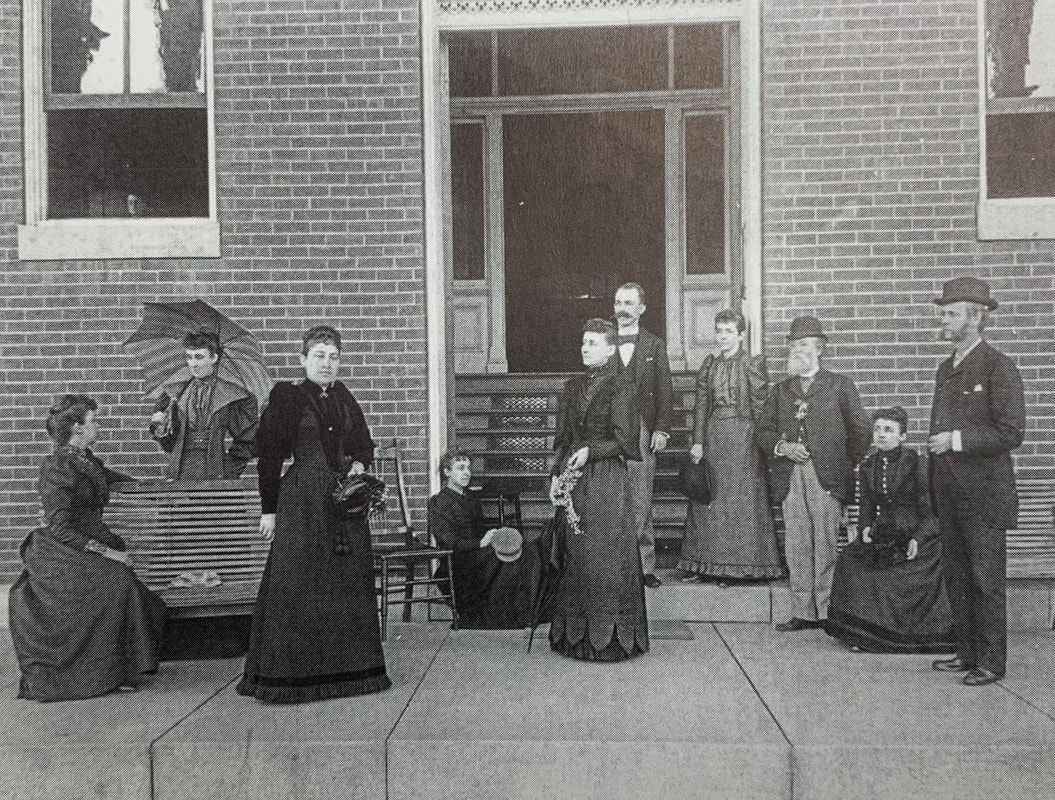
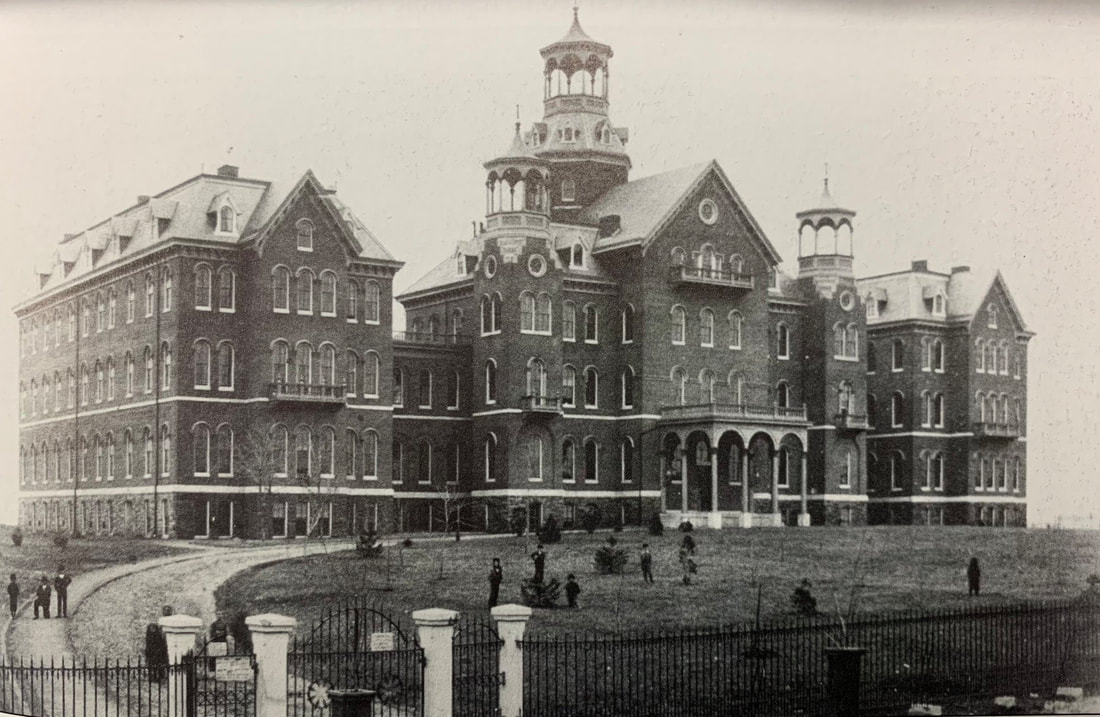
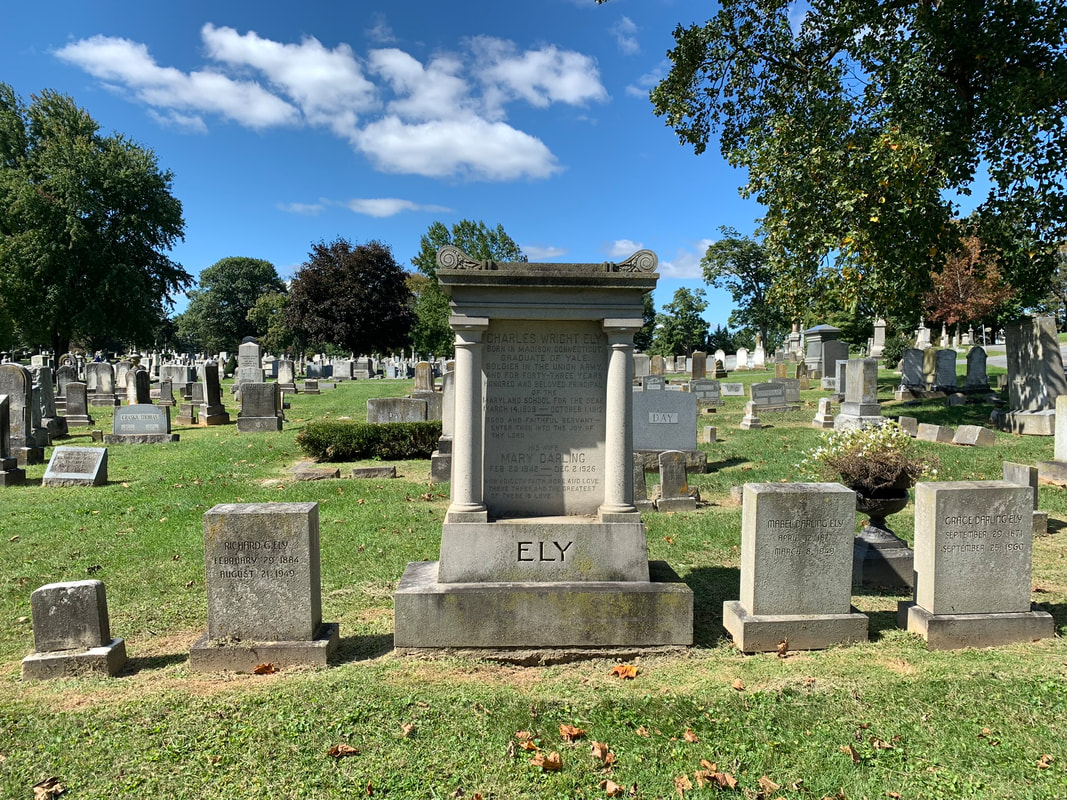
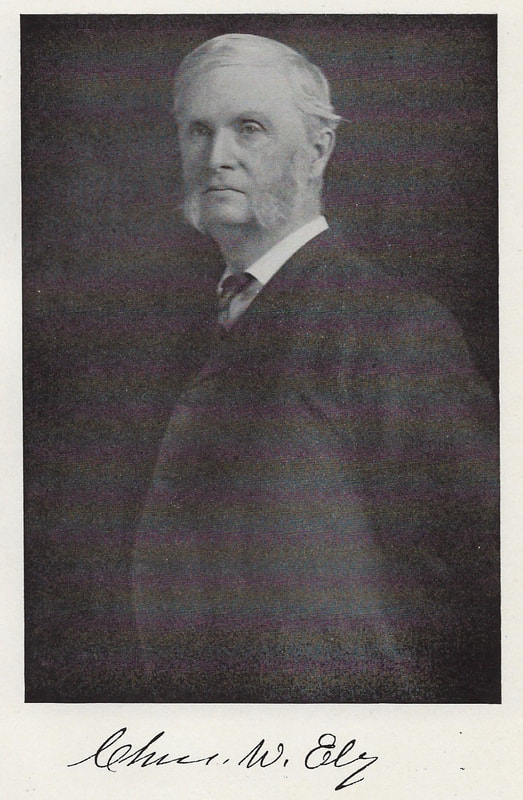
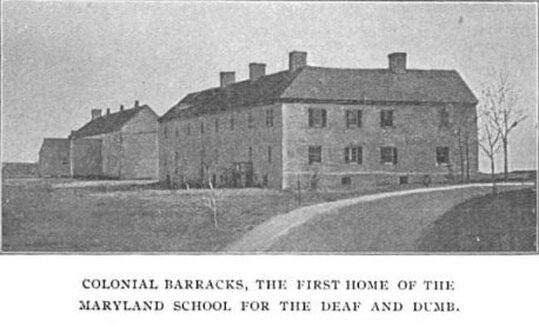
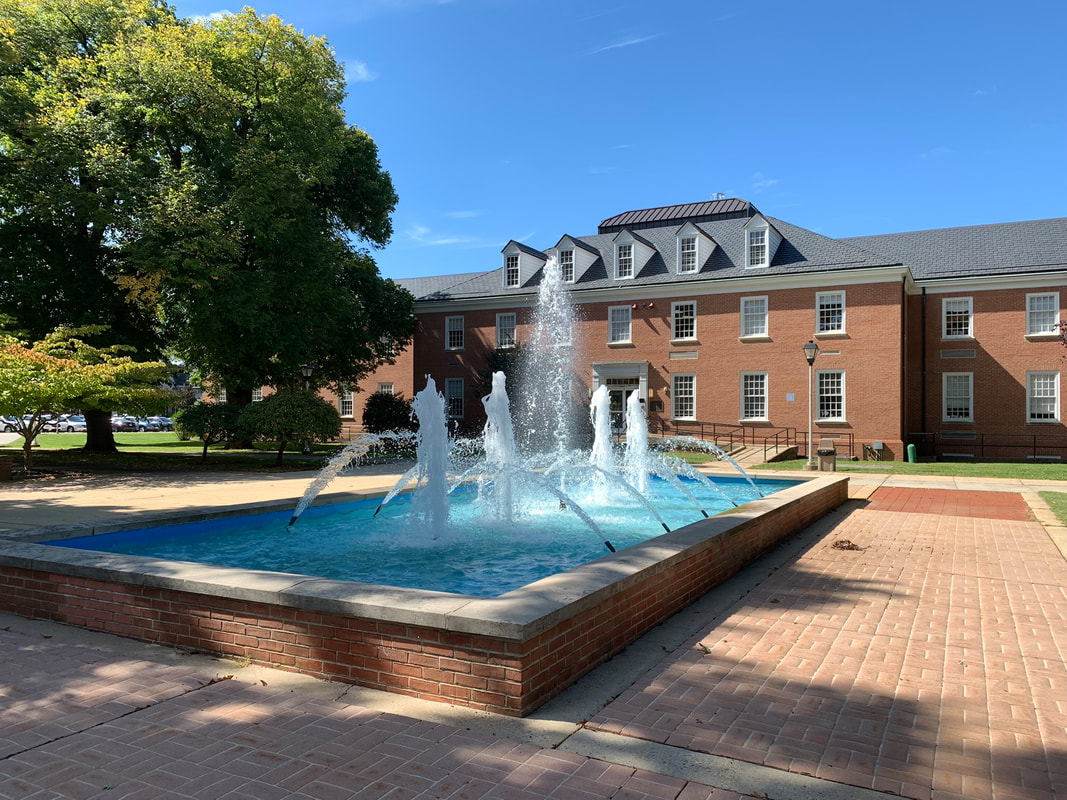
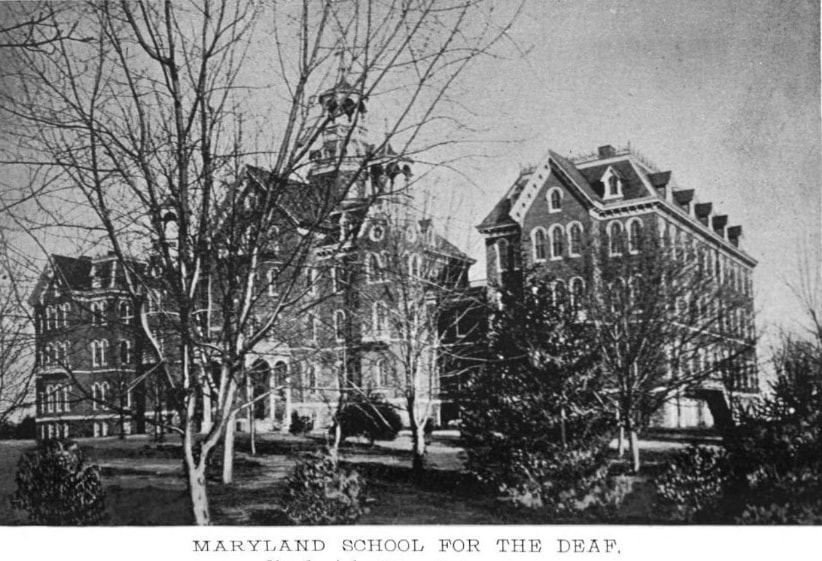
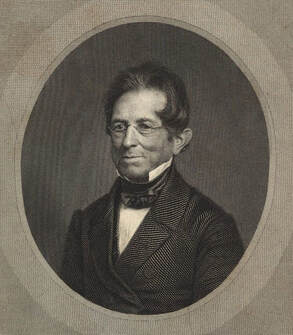
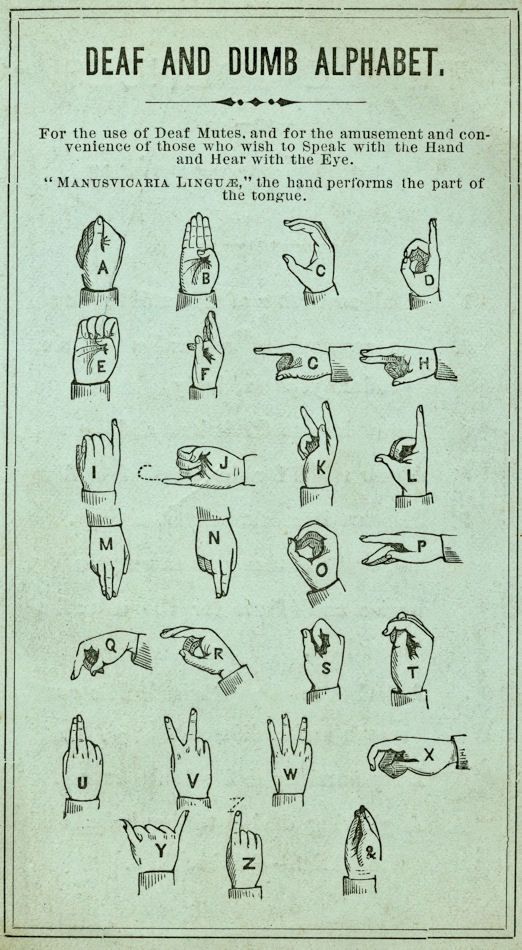
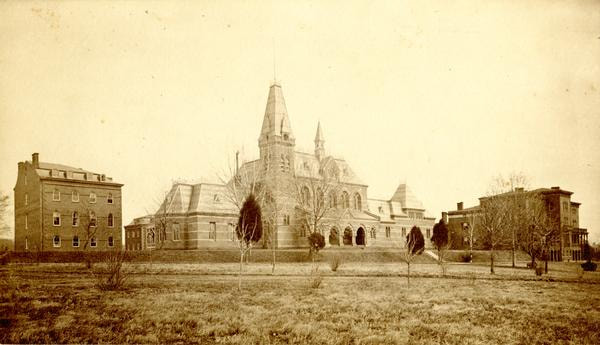
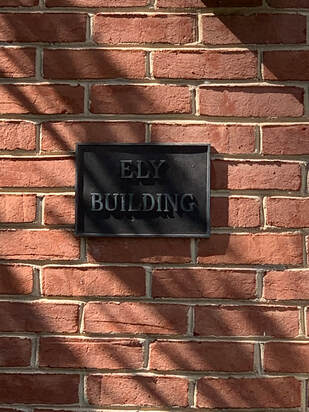
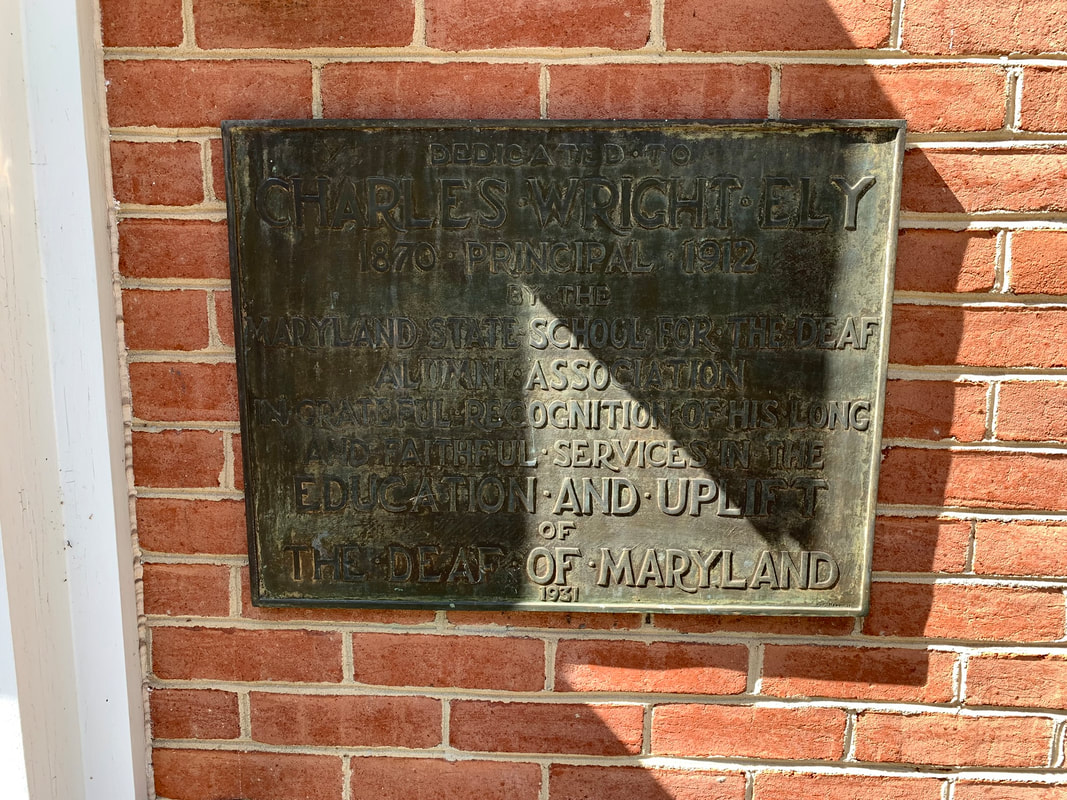
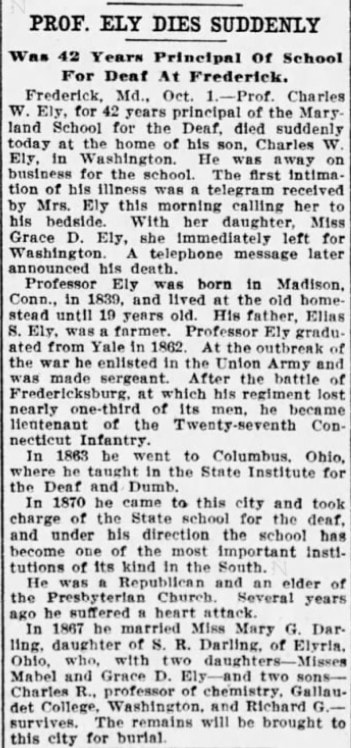
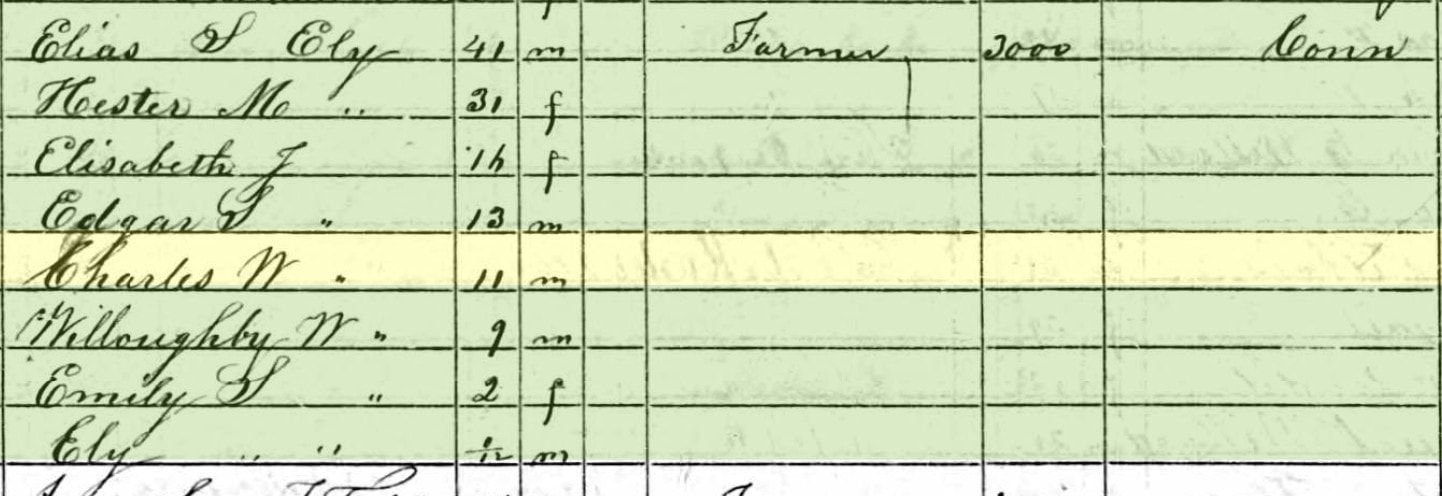
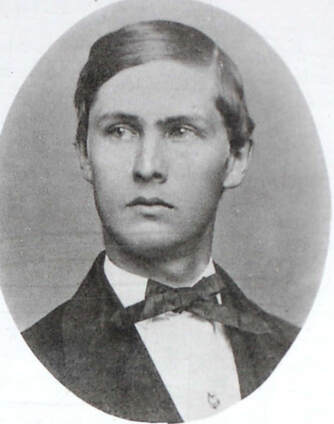
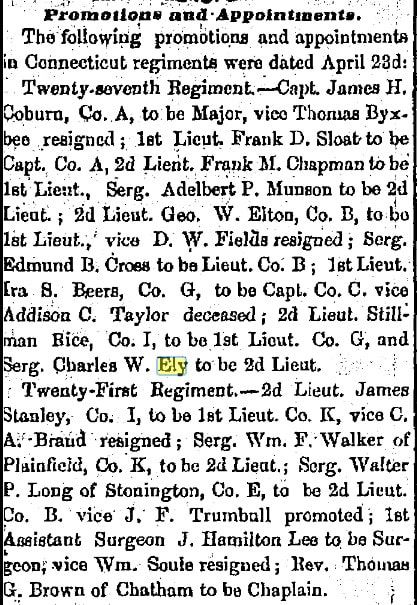

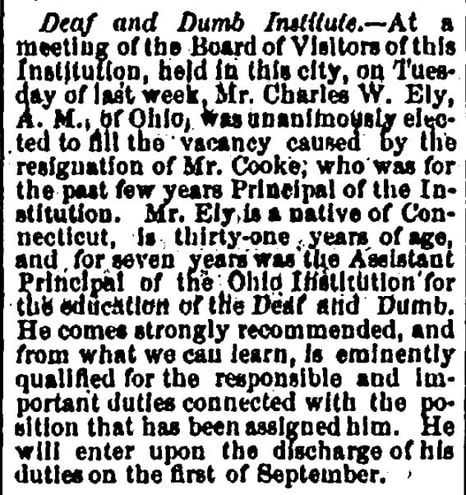
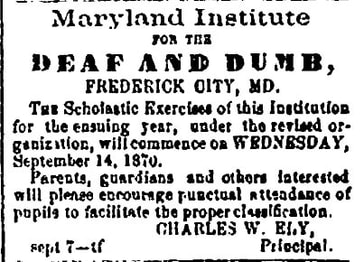
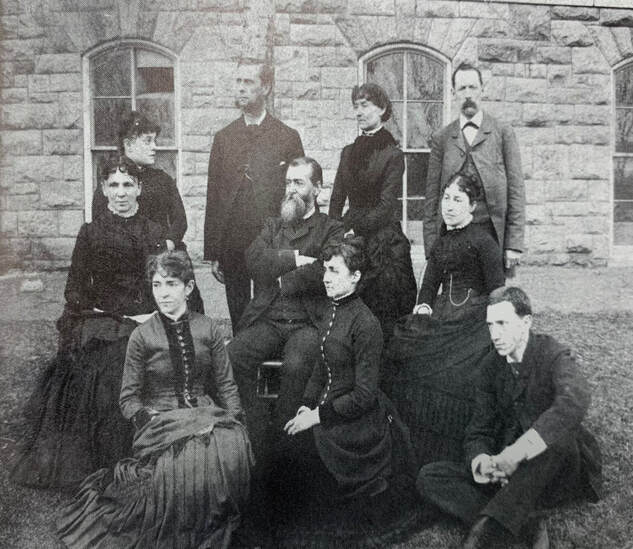
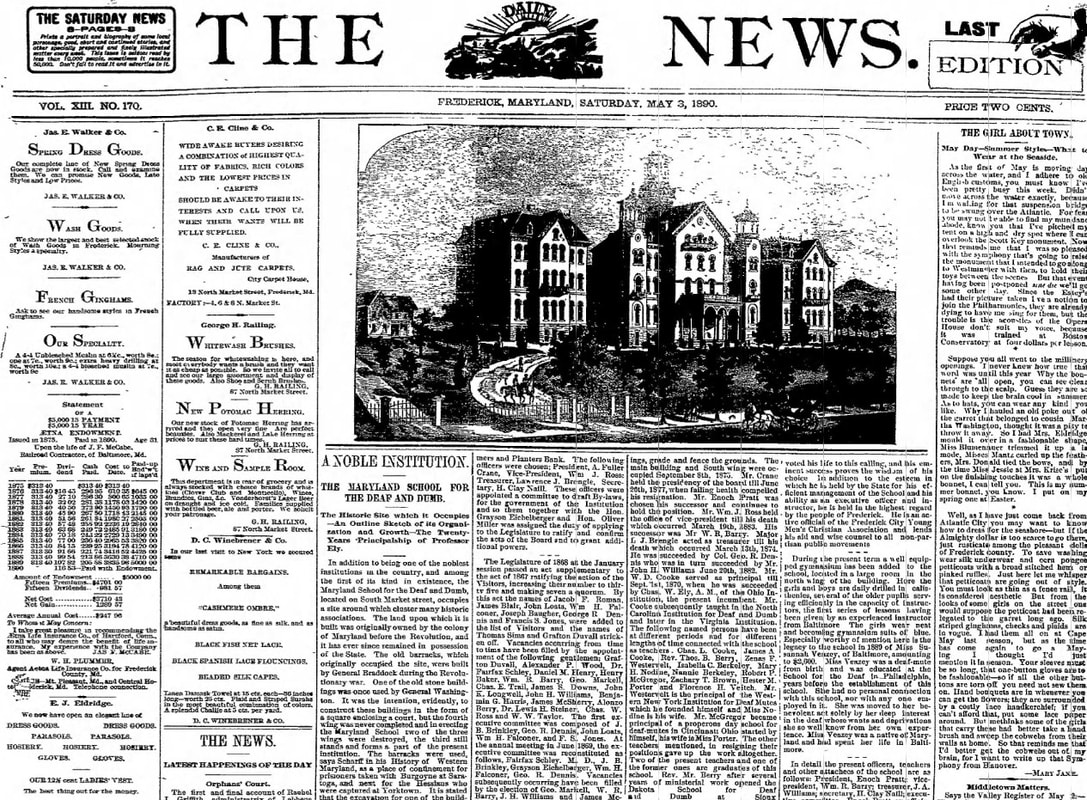
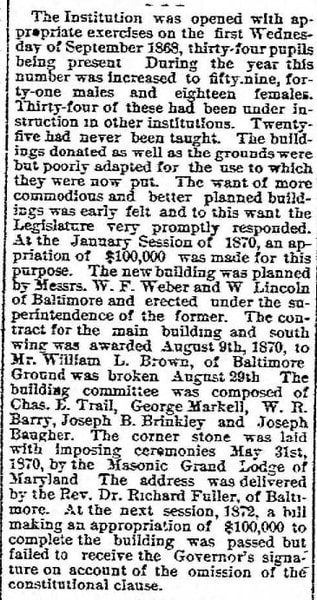
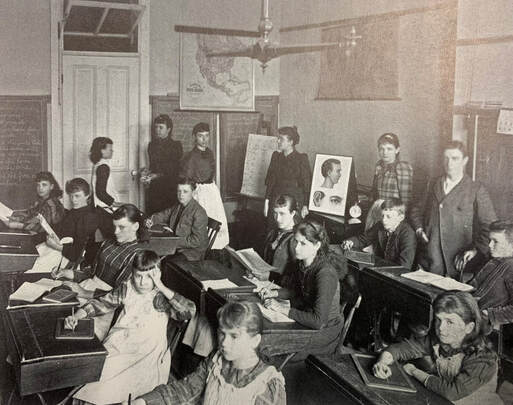
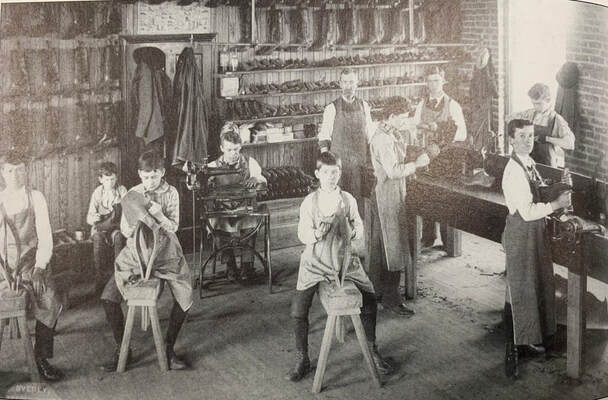
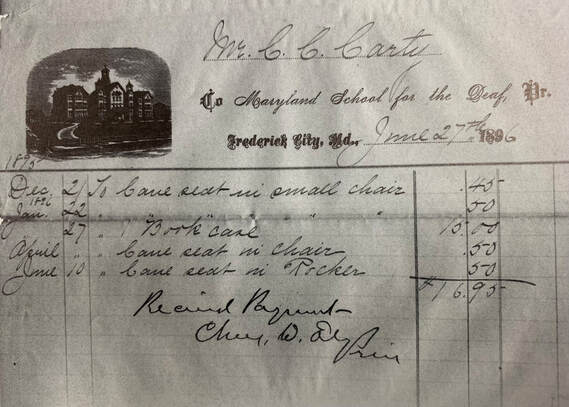

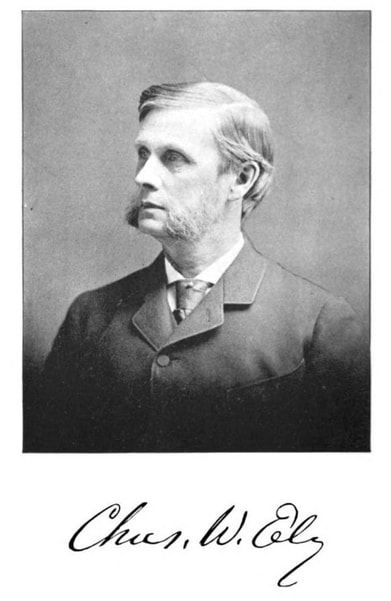
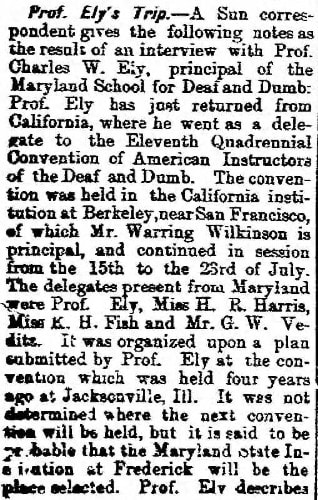
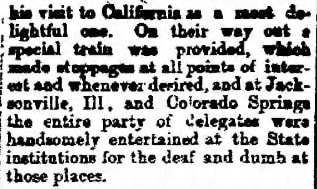
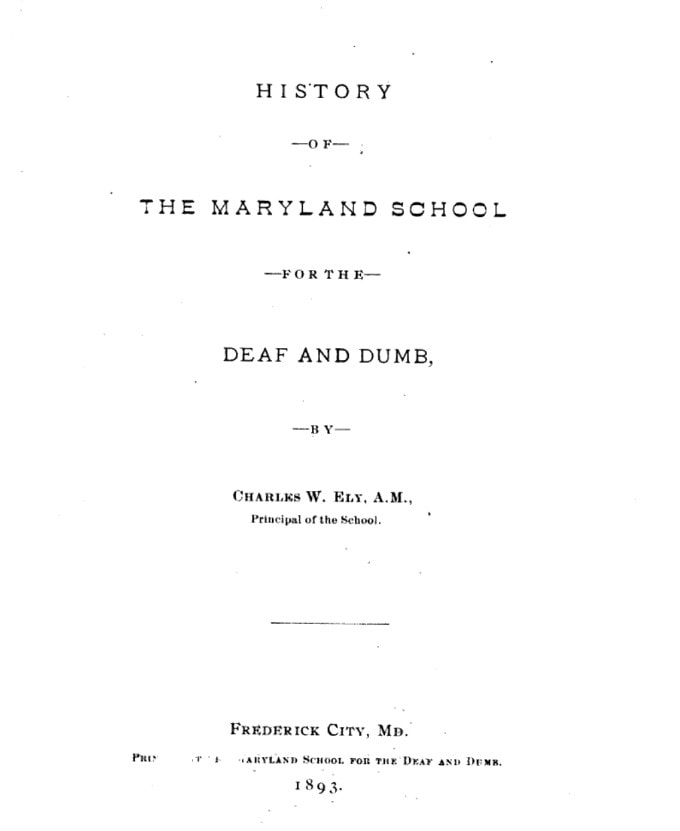
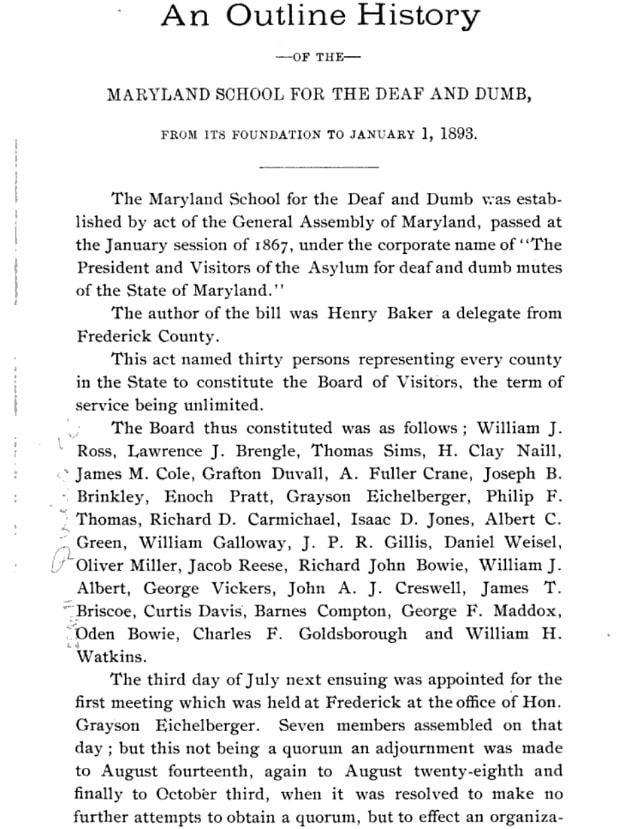
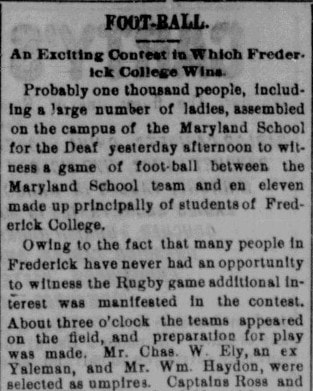

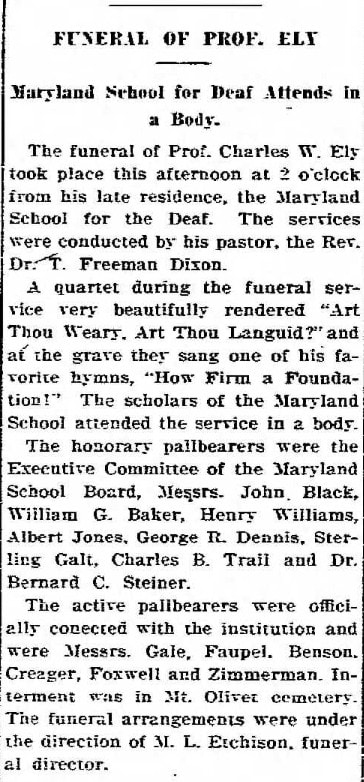
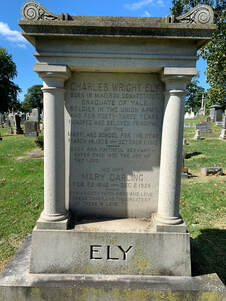
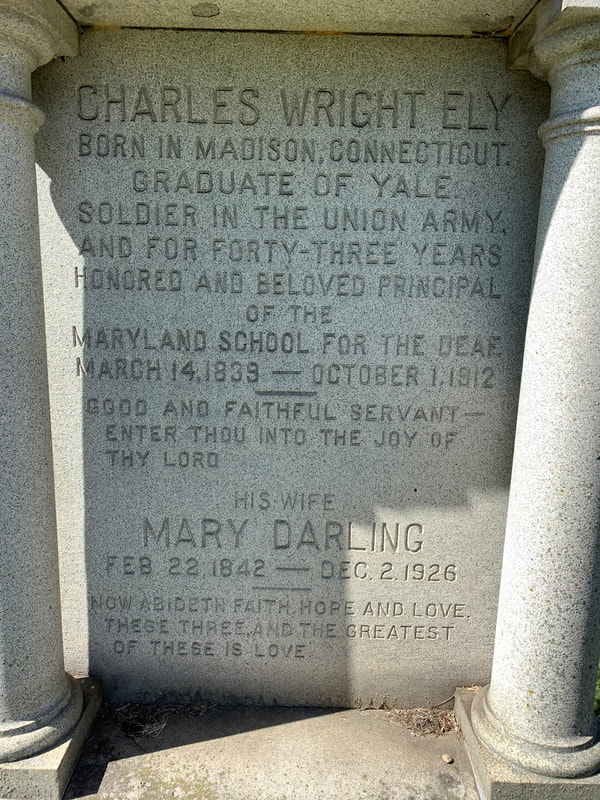
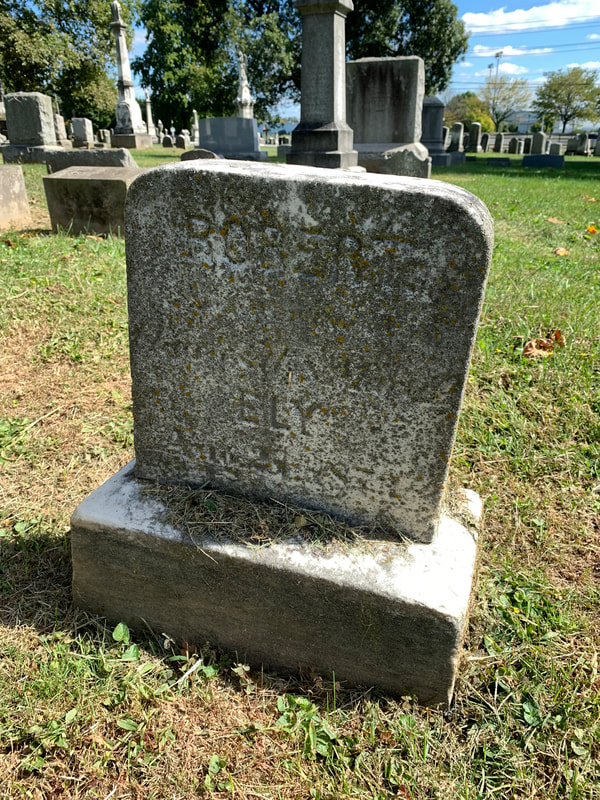
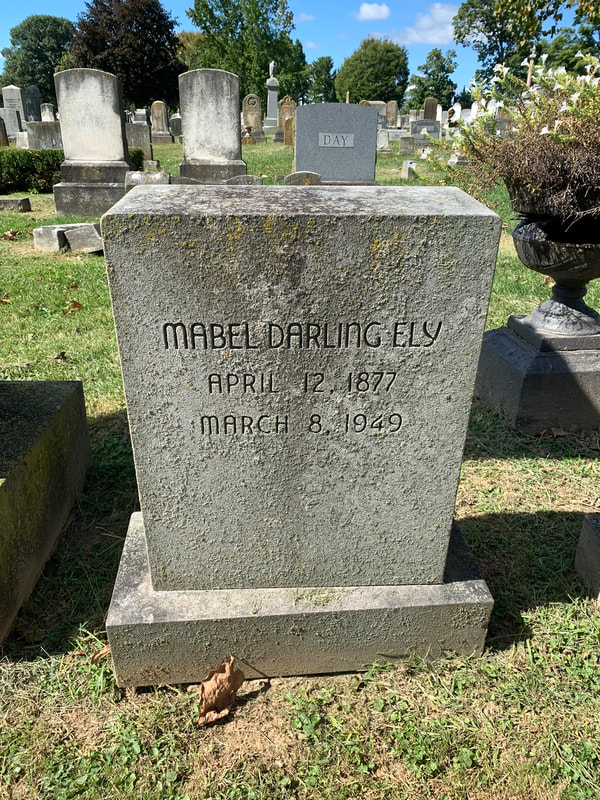
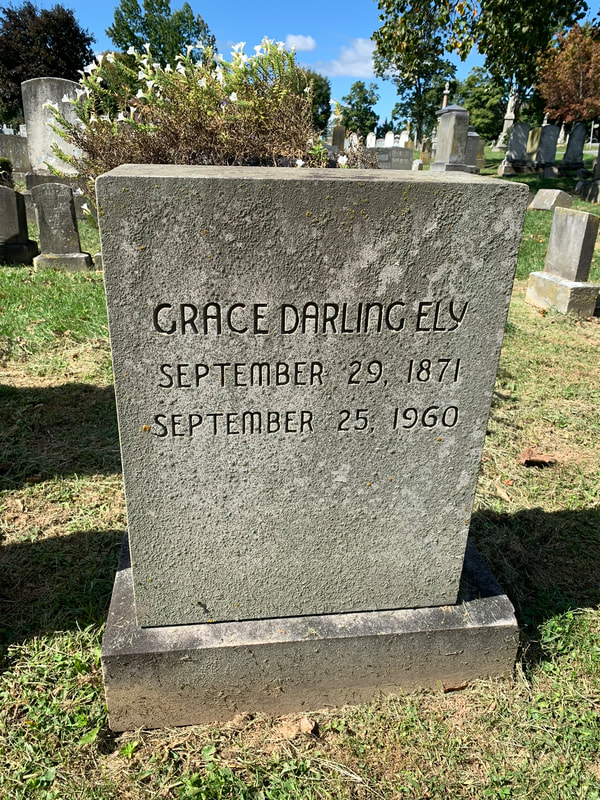
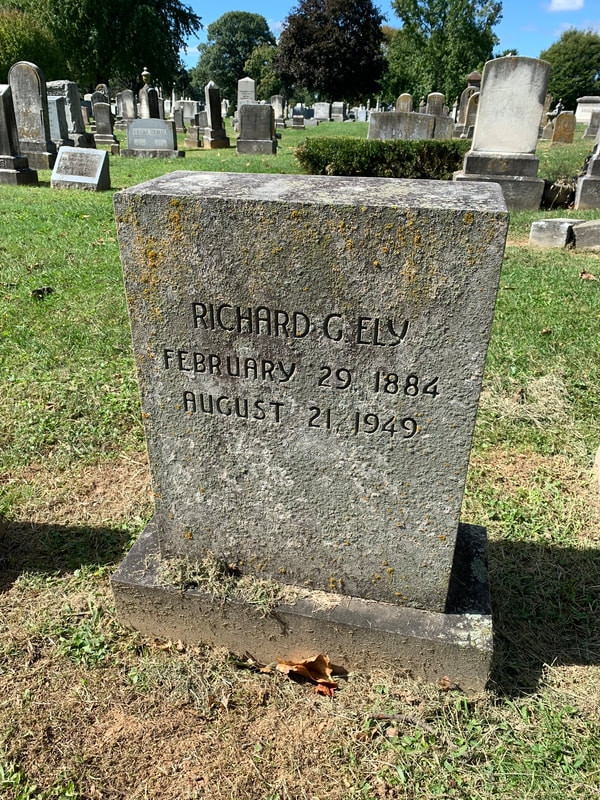
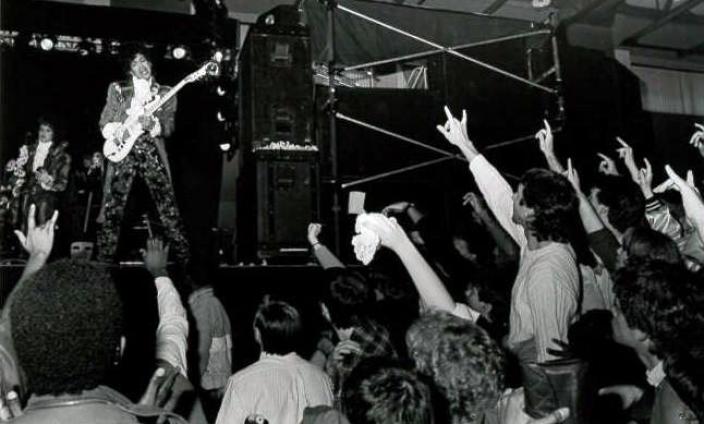
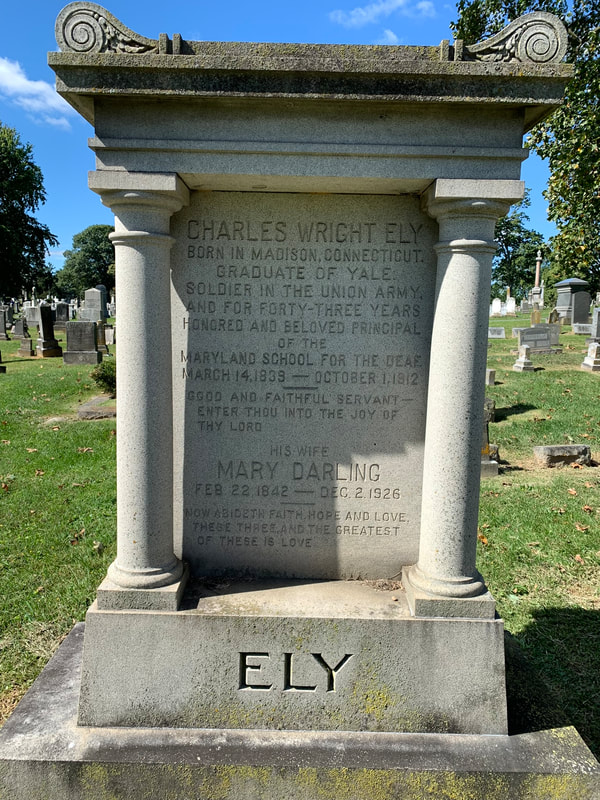

 RSS Feed
RSS Feed